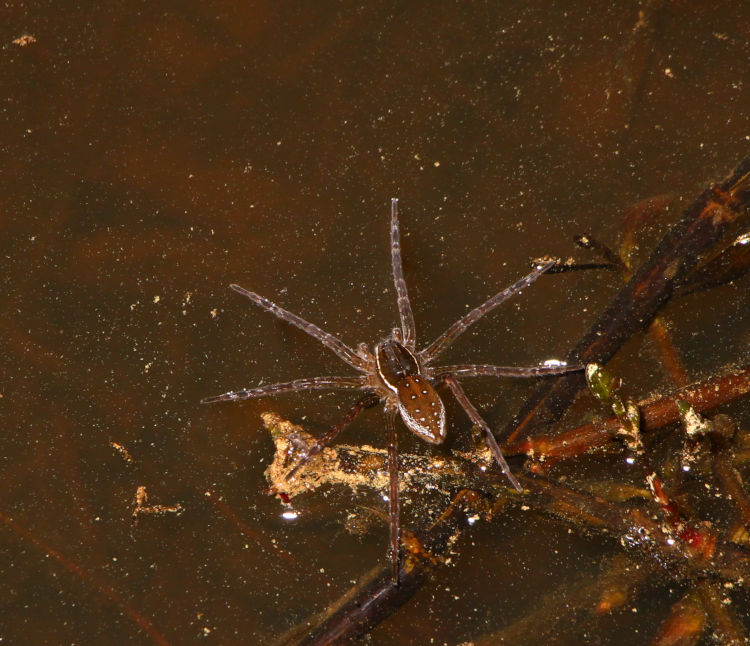While there hasn’t been a lot to post about, and not a lot to photograph, I’ve been keeping busy with various projects – not necessarily to fruition, but busy anyway.
Long story short: the barn-door tracker mentioned a few times previously has been occupying far too much of my time, and right at the moment, it’s not clear that I’ll have it working in time for the eclipse. It’s not worth going into all the gory details here, but two ordered parts were delayed inexcusably long in shipping (one of which probably shipped from China despite claiming that it originated only three hours from here,) and figuring out the programming took too long in itself, only to find that the motor (that one maker assured was powerful enough) was not powerful enough. I’m not licked yet; I have a couple other options available, but we’re down to crunch time before I have to pack it all up and head north to be in the path of the eclipse – I’m driving up, and have plans to capture something the day before if I can, plus I’m avoiding driving on the weekend, since I don’t know what kind of traffic to expect.
Anyway, once I get it working (before or after the eclipse,) I’ll provide more depth, and some pics. Speaking of which, I have a few from earlier that I’ll throw down here, just to maintain a little content.

Several nights back (I mean, the 18th,) when the weather was quite warm, I heard the chorus frogs sounding off down at the neighborhood pond, but wasn’t quite available to head down there with the camera. Several hours later, I was, but by that time the frogs were silent – it’s primarily an early evening activity. What we have here is not a chorus frog, but a green frog instead (Lithobates clamitans) – much larger, with a different call, though it was silent while I was out there. I think their breeding season is a little later on in the season. Still, it was one of the few things that I actually found to photograph, and dazzled by the headlamp, it held still long enough.
Meanwhile, this was the other subject from that night:

There was no doubt, as I approached, what this was; I got the sharp reflection from the eyes long before I could discern its shape, and it moved quickly out over the water’s surface – not too many subjects fit those criteria. This is a six-spotted fishing spider (Dolomedes triton,) skimming over the surface in search of early arthropods, which as likely as not right now are other spiders. This is a medium-sized example, leg spread about 35-40mm, while you can see on the water the first evidence of the pine pollen inundation that happens every spring – again, this was two weeks ago, and it’s much worse now.
One of these days, I’ll revisit my attempts to show just how well spider eyes can reflect light, thus how easy they are to find at night with a headlamp. It really is bright and distinct, and while dewdrops can mimic the reflection, they tend to shift color a little as you move, while spider eyes remain a distinct blue-white.
Now, this pic’s even older than those above.

This dates back from the 7th, when I went down to Jordan Lake but didn’t see a lot. I spotted this guy and carefully stalked it for better detail shots, knowing it was from the sandpiper family but not which species. Which is fairly inexcusable (my word of the day,) since this is a spotted sandpiper (Actitis macularius,) probably the most common sandpiper species in the US and able to be seen just about everywhere. Yet this is the first time that I’ve gotten identifying shots of one – I could have saved it for the weekly topic, though I have enough options for that. It’s likely that I’ve seen them numerous times on the lake, since sandpipers have distinctive habits and flight patterns, but never close enough for a decent shot, and even this one took a careful approach; here, it’s very aware of me and considering that, despite a slow approach, I was probably up to no good. Which isn’t fair, because I’ve never eaten a sandpiper in my life, but that’s bird brains for you.
You’ll notice a lack of spots on this spotted sandpiper, but this is fairly common; birds usually develop different plumage at different ages, as well as seasonal changes and for breeding displays. This is a non-breeding adult, likely about to molt into breeding colors. They also have a distinctive bobbing walk, and I would have shot video if I’d had the tripod (and the chance to set it up, which the bird wouldn’t have waited for.) If you really want to see it, I’m sure someone has video examples online.
But really, that’s been about it for the photos, though a few things are in bloom now and the days have returned to being clearer and warmer, so perhaps I can produce a little more before the end of the month, maybe even later on today. If that happens, I’ll return and tell you where to find the pics.



















































